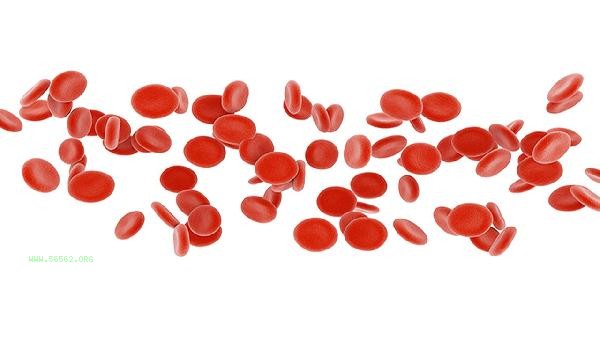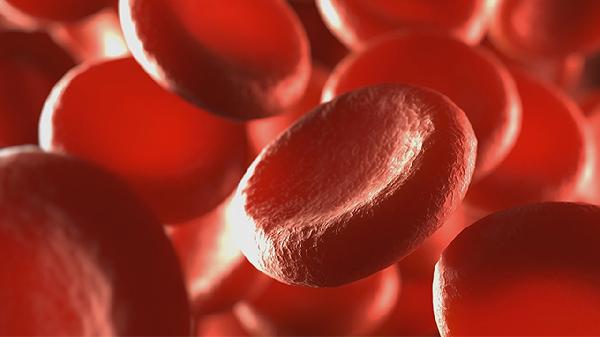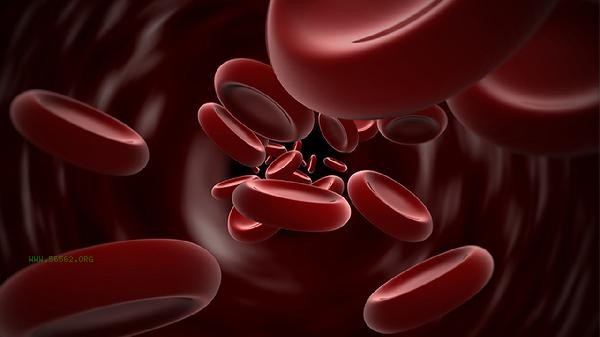Low average red blood cell volume may be caused by iron deficiency anemia, thalassemia, chronic disease anemia, sideroblastic anemia, vitamin B6 deficiency anemia, and other reasons. A low average volume of red blood cells usually indicates small cell anemia, and it is recommended to seek medical attention promptly to clarify the cause.

1. Iron deficiency anemia
Iron deficiency anemia is the most common cause of low average red blood cell volume, resulting in reduced hemoglobin synthesis due to insufficient iron. Patients may experience symptoms such as fatigue, dizziness, and pale complexion. Iron supplements such as ferrous sulfate tablets, dextran iron oral solution, and protein succinate iron oral solution can be used according to medical advice. Daily intake of iron rich foods such as red meat and animal liver can be moderately increased.
2. Thalassemia
Thalassemia is a hereditary hemolytic anemia caused by impaired synthesis of globin peptide chains, resulting in a smaller red blood cell volume. The patient may have symptoms such as jaundice and splenomegaly. Mild patients may not require treatment, while moderate to severe patients may require blood transfusions or the use of iron reducing drugs such as deferoxamine injection. It is recommended that individuals with a family history undergo genetic screening.
3. Chronic disease anemia
Chronic inflammatory states such as chronic infections, tumors, or autoimmune diseases can inhibit iron metabolism, leading to a decrease in average red blood cell volume. Patients often have primary symptoms such as fever and joint pain. The treatment should be targeted at the primary disease and can be combined with the use of recombinant human erythropoietin injection to improve anemia.

4. Iron granulocytic anemia
Iron granulocytic anemia is caused by impaired heme synthesis, leading to poor iron utilization and the appearance of circular iron granulocytes in the bone marrow. Patients may experience symptoms such as skin pigmentation and hepatosplenomegaly. Medications such as vitamin B6 tablets and folic acid tablets can be used according to medical advice, and severe cases require blood transfusion treatment.
5. Vitamin B6 deficiency anemia
Vitamin B6 participates in heme synthesis, and its deficiency can lead to small cell hypochromic anemia. The patient may have symptoms such as glossitis and peripheral neuropathy. It can be improved by supplementing with vitamin B6 tablets, and daily intake of foods rich in vitamin B6 such as poultry, fish, bananas, etc. When the average volume of red blood cells is low, it is necessary to complete examinations such as iron metabolism and hemoglobin electrophoresis to clarify the cause. Pay attention to a balanced diet in daily life, ensuring the intake of hematopoietic raw materials such as iron, vitamin B12, folate, etc. Avoiding excessive tea or coffee consumption that affects iron absorption and maintaining a regular sleep routine can help improve symptoms of anemia. If there are persistent symptoms such as fatigue and palpitations, timely follow-up is necessary.









Comments (0)
Leave a Comment
No comments yet
Be the first to share your thoughts!